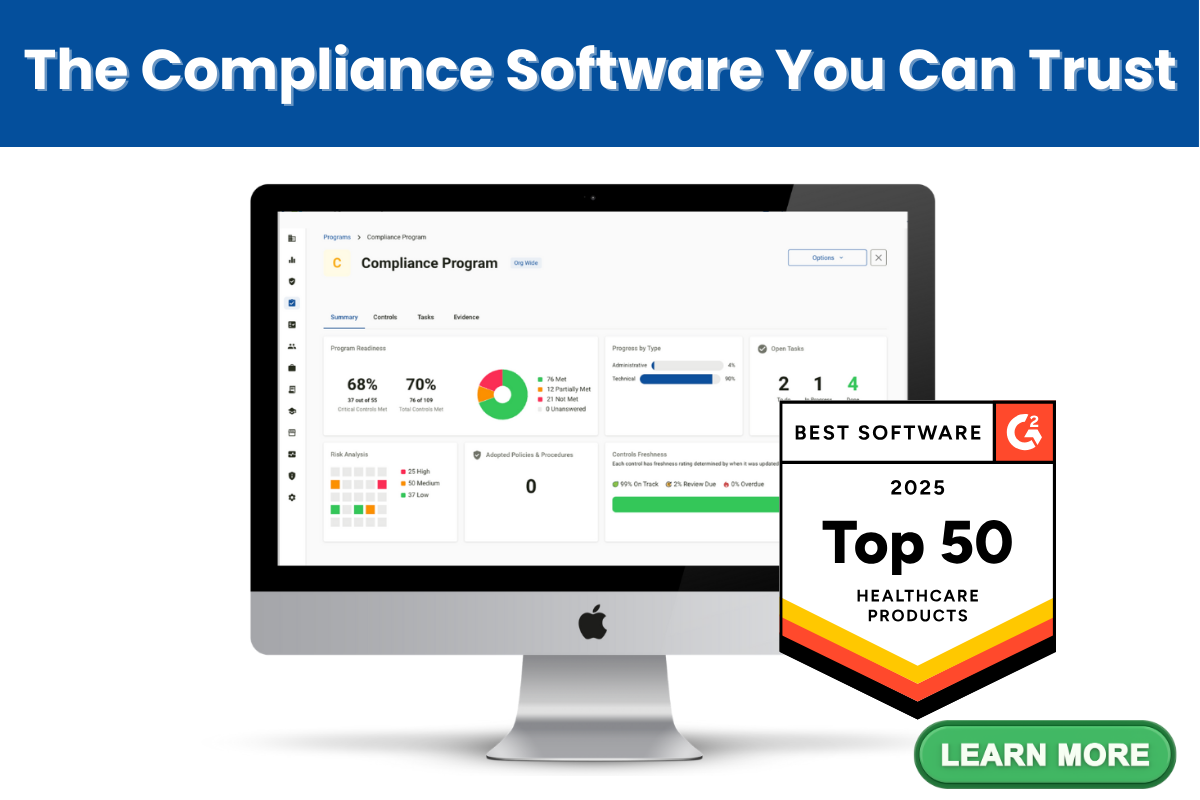
You’re here, so you likely already know that training is a key part of compliance. Several things factor into compliance, and each component is essential. However, training is arguably the most critical part of ensuring effective compliance. Something like 80% of breaches are caused by human error, and the main reason cited for this error is a lack of comprehensive training.
Creating a Compliance Training Plan
Developing a training plan is the first step to a successful training program. Creating a training plan ensures that employees are uniformly trained across the organization. While not every employee will need the same training, creating paths based on employee job functions is key to providing employees with the correct training.
Compliance training plans look at how an employee functions in the organization. Do they interact with patients? Do they have access to patient information? What about billing information? Or maybe the employee doesn’t touch any of this. When an employee interacts with patients, or has the potential to access protected health information (PHI), they need HIPAA training. While an employee who processes medical payments or submits bills to insurance also needs fraud, waste, and abuse training. And all employees need OSHA training, whether that’s specific to medical safety training, or general safety training, depends on how they function within the business.
Your compliance training plan should take all of this into account. While you can be cautious and just provide all training to all employees, it’s a waste of time, money, and resources. Compliance training programs help organizations create a training plan that works for their employees and distribute and track that training.
Choosing Your Compliance Training Program
Compliance training programs come in many forms. Some companies opt for once-a-year onsite training to train all of their staff on the same material at the same time, while others choose more flexible programs like software.
When choosing the right way to implement your compliance training plan, you should ask yourself the following questions. Do my employees have different training needs? Am I planning to hire any new employees soon?
An all-staff onsite training session isn’t always the most effective way to train employees and can often be expensive. Say you conduct your once-a-year training and then, a couple of weeks or months later, you onboard a new staff member. That new hire will have to wait almost a year to receive compliance training, which can open your business to liability.
Using software to train employees ensures that all employees are trained in a timely manner. It also allows you to provide relevant training to employees based on their job roles, gives them the flexibility to complete the training at their own pace, and allows you to keep your business up and running rather than having to close doors for a period of time while employees are being trained. Training software is also more cost-effective than bringing a company in for training.
The Guard Compliance Management Software
Compliancy Group’s software, The Guard, includes everything you need to implement an effective compliance program, including a robust training program. With more than 90 courses covering topics such as HIPAA, OSHA, FWA, and cybersecurity, you can be confident that your employees receive the training they need.
Course material was designed to ensure individuals are actively engaged and empowered to protect patients and their organizations. Employees can earn CE credits and take leadership courses for more in-depth training. Advanced courses are also offered as complete learning paths, allowing staff to be certified in compliance and cybersecurity. Find out more about how our software can support your compliance training objectives!









